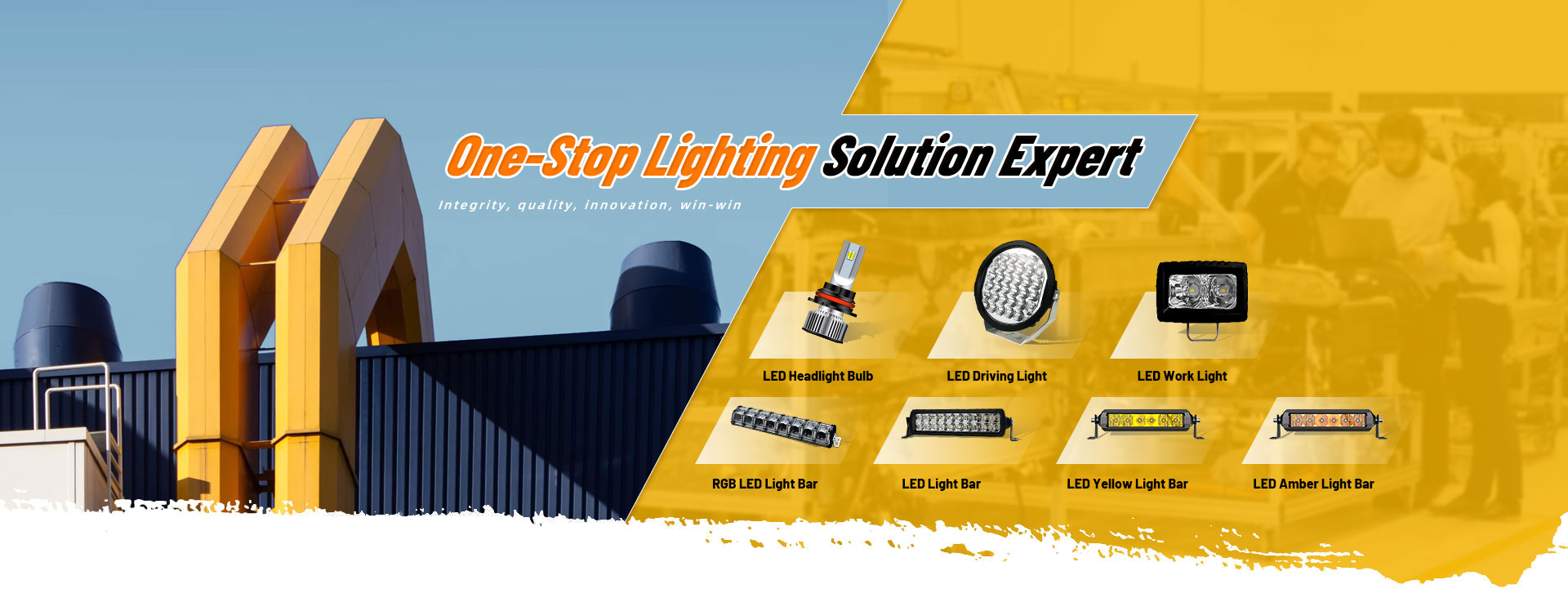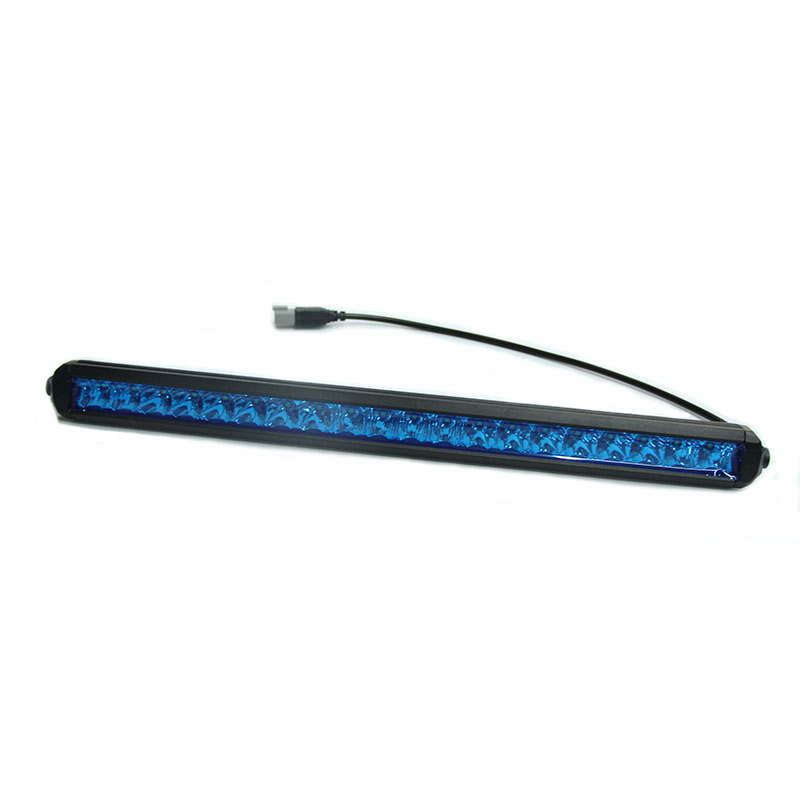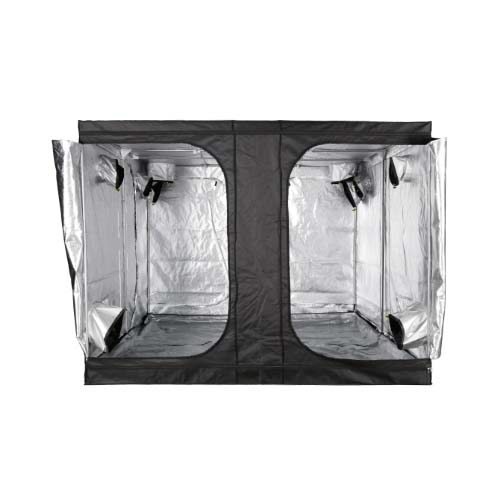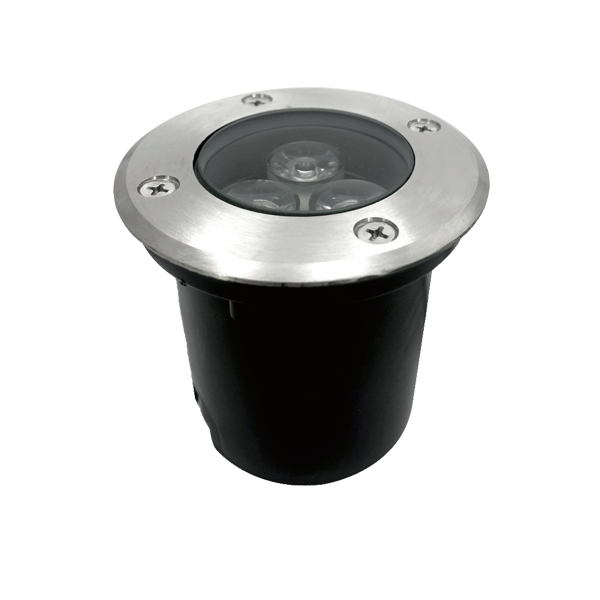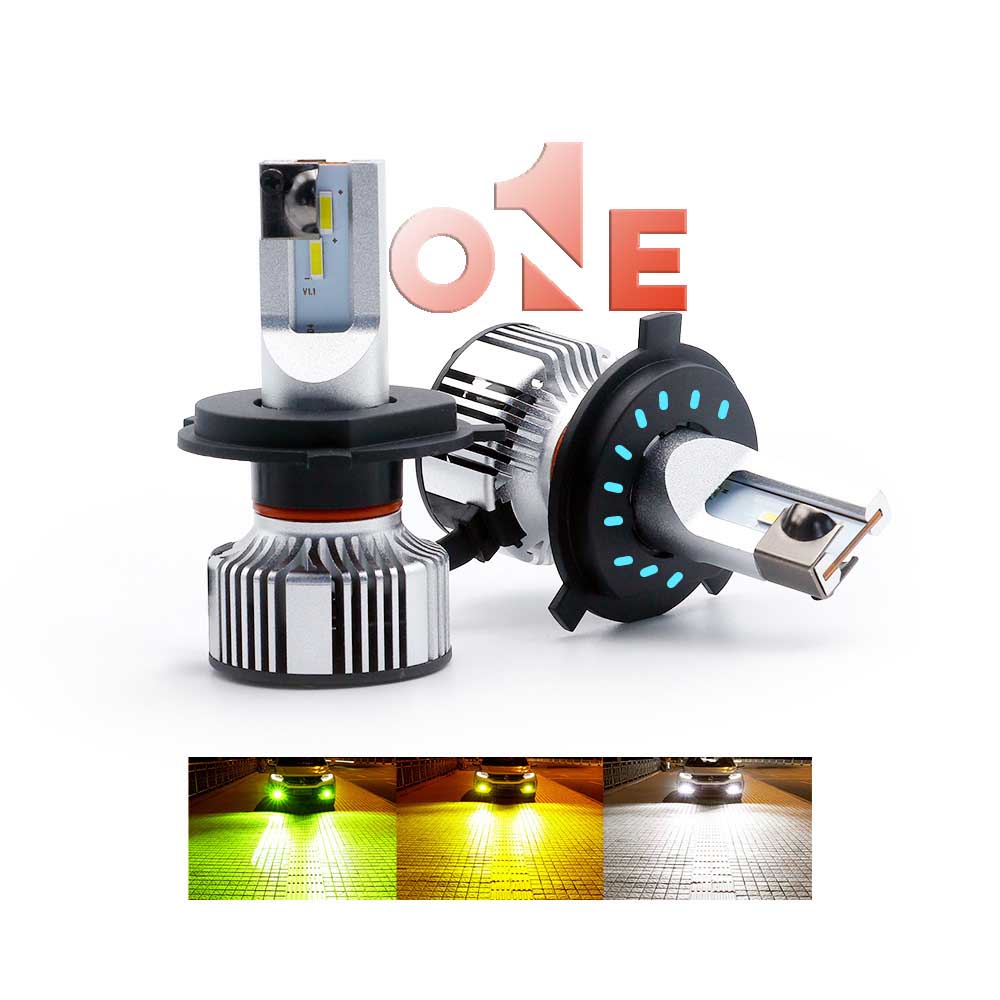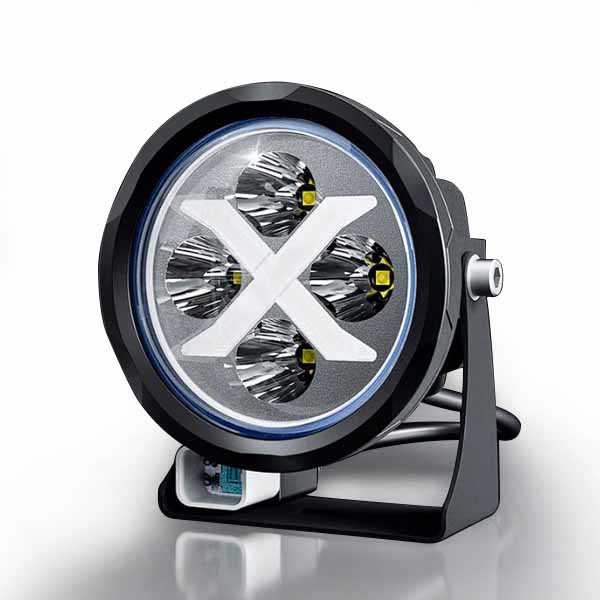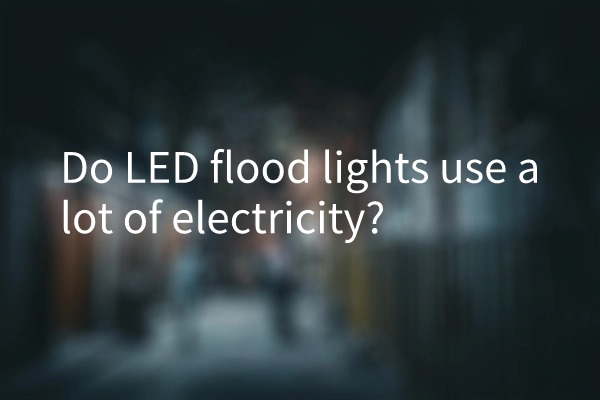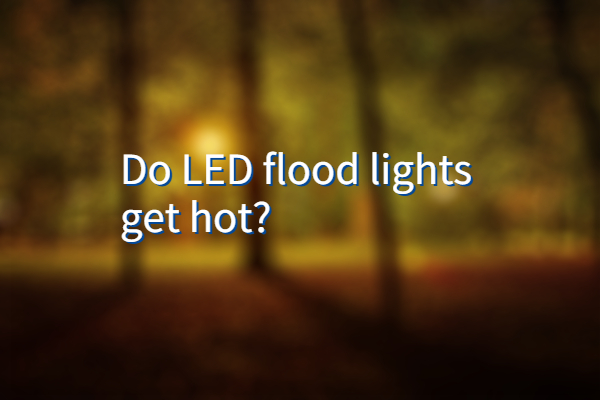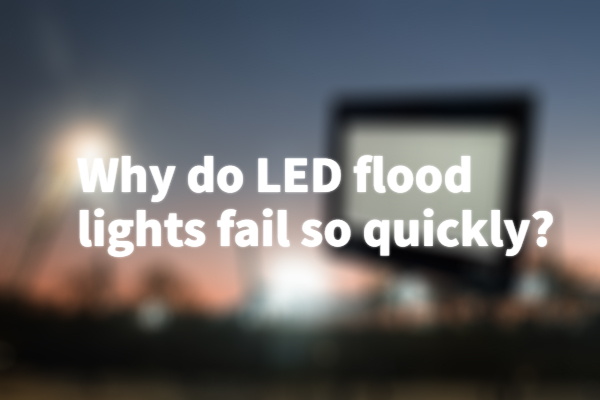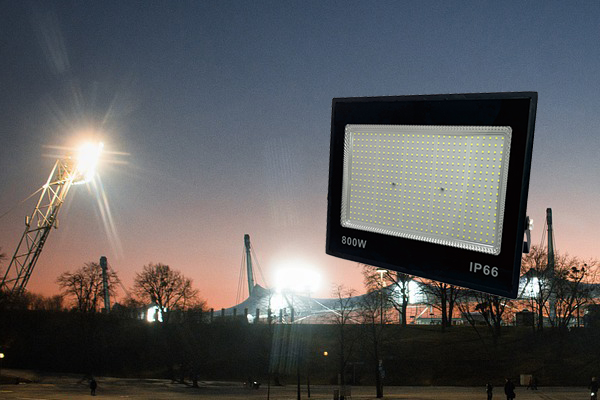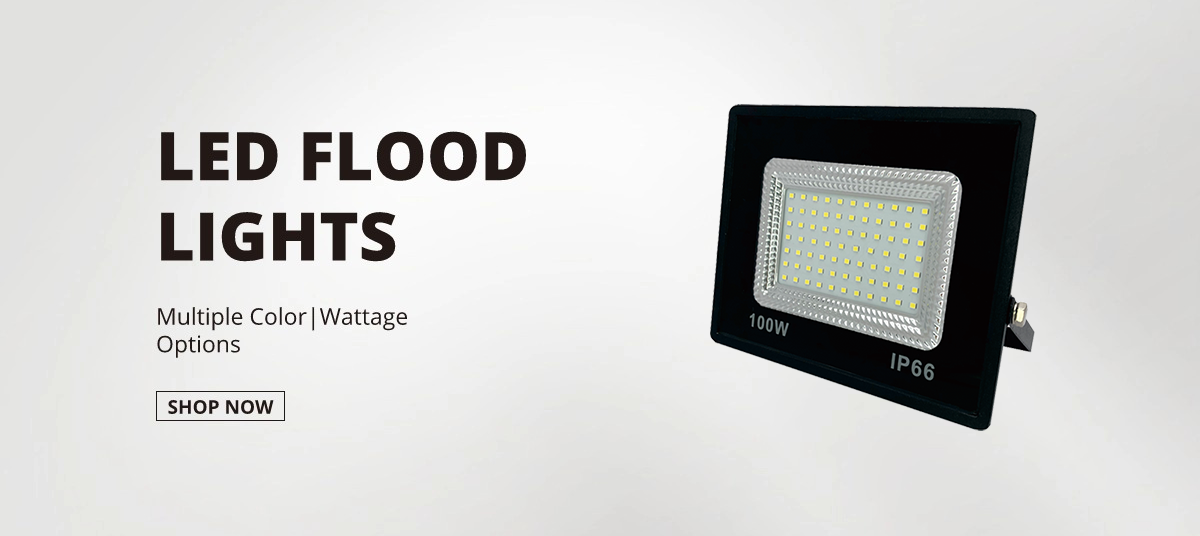Changes in light waves have different effects on plant photosynthesis. In the range of visible light (380~760nm), the light energy required for photosynthesis of plants accounts for 60%-65% of its physiological radiation light energy. 55% of radiation), 400~510nm (peak 450nm), indigo (peak 450nm) and violet (approximately 8% of physiological radiation). Physiology) is the absorption peak area. For photosensitizers, the light absorption rate of 520~610nm (green) is very low. In the 710nm~740nm far-red light emitting diode, growth is achieved by adjusting the plant height growth factor. Therefore, with the red and blue wave peaks as the main body, the long-distance auxiliary supplementary light can improve the light energy utilization efficiency of the light source. The white of sunlight is a composite color, and the three primary colors are red, blue, and green. Partial whiteness is the addition of green auxiliary lighting facilities in the color environment, and the operator is comfortable and not dizzy when working for a long time.

Various plants have special requirements for light due to their long-term adaptability to the environment. In different plant growth stages, the requirements of light quantity and photoperiod on light quality are quite different. According to the requirements of light intensity, it can be divided into sunshine plants and shade plants. Compared with shady plants, sun plants and shady plants have larger differences in the number of chloroplasts. Due to the difference in its absorption spectrum, its frequency band will also change, which requires quantum flow densities of different wavelengths. Even the same plant requires different light intensities during the germination and vegetative growth stages.
The existing LEDs are mainly used for plant growth, and photochromic cannot meet the lighting requirements of other plants. Various chlorophyll a/b and LED execution systems can control LEDs to achieve multiple composite light colors through different circuits, and configure a control light source system to meet the lighting needs of different plants at different growth stages.

The ratio of 710-720nm red light to 710-740nm far red light has an important influence on the adjustment of R/FR contrast. The red light of 610-720nm can reduce the content of gibberellin in plants, thereby reducing the length of the panel and the height of the plant; while the far-red light of 710-740nm will increase the content of gibberellin, thereby increasing the length and length of the plant. High. R/FR ratio is an important index to control plant height.
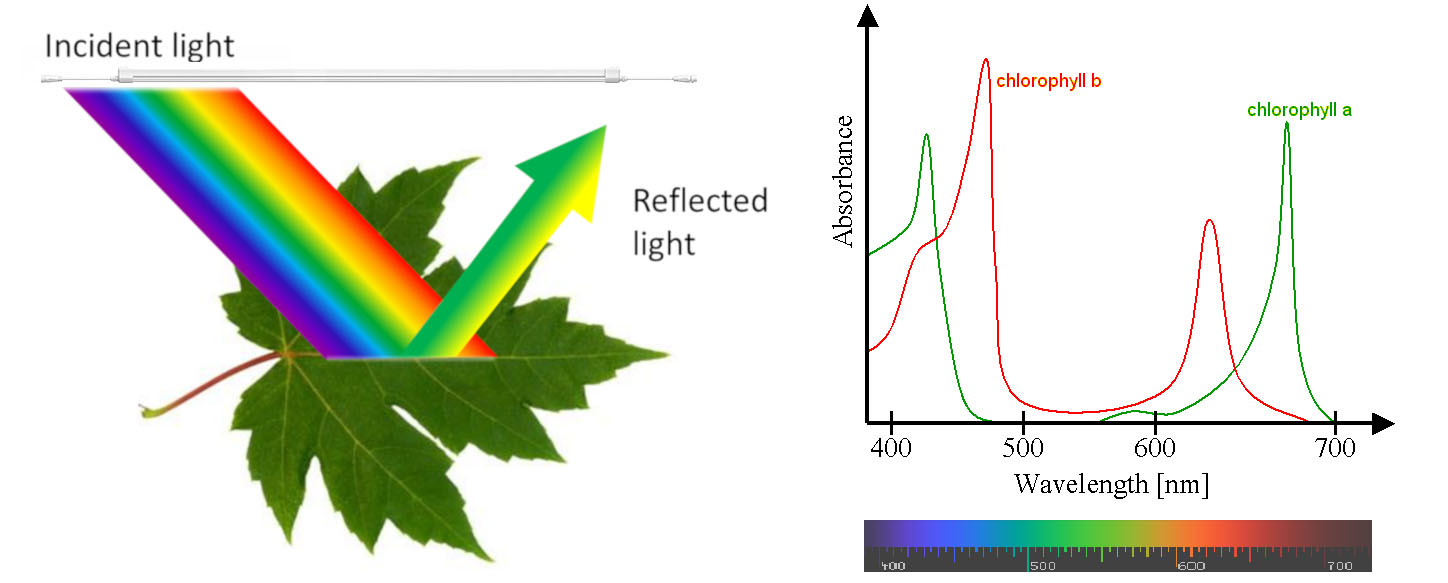
Although far-red LEDs are not included, it cannot solve the luminous flux problem of red and far-red LEDs and LED plant lights. Green light-emitting diodes and blue light-emitting diodes are used as candlelights. Yellow, green, blue, and purple light are auxiliary photosynthesis light sources. Currently, far red LEDs are not involved. The main light source and specific application stage of the nursery are still uncertain.

